The roasting of coffee beans is THE key step in transforming them from their raw, unroasted state into the fragrant, flavorful beans we all love. The flavor and aroma of the finished product can be greatly affected by the method of roasting the beans. From green coffee to freshly roasted beans, this article covers the entire coffee roasting process, from start to finish.
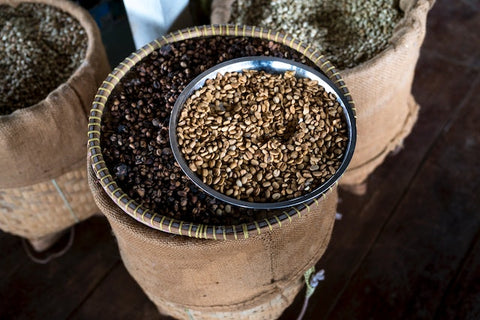
Selecting the beans is the first step in roasting coffee. Every variety of coffee bean has its own distinct flavor and aroma. Soil, climate, and other environmental factors can all have an effect on the flavor of the beans, which are typically sourced from various regions around the world. Beans are typically graded according to their size, shape, and other characteristics, with the largest, most uniformly shaped beans representing the highest quality and often become specialty coffee.
After being selected, the beans are typically cleaned and sorted to get rid of any debris or imperfect beans. In this process, the flesh and parchment of the coffee bean are removed, revealing just the green seed. It's time to start roasting the beans. Drum roasting, air roasting, and convection roasting are just a few of the many ways that coffee can be roasted.
Drum roasting is the most widely used method of roasting coffee, and it involves exposing the beans to heat in a rotating drum. Putting the beans in a rotating drum that is heated to a high temperature ensures that they are roasted uniformly. This technique promotes a more consistent roast, which may improve the overall flavor.
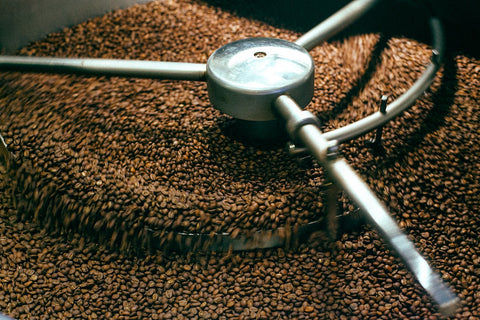
In air roasting, also called fluid bed roasting, the beans are roasted by placing them in a chamber and passing hot air through them. This technique is frequently used because it is quicker than drum roasting and can produce a more delicate and enticing flavor.
Roasting via convection, also known as hybrid roasting, incorporates features of both drum and air roasting. The beans are roasted by placing them in a drum and then heating them, while also being exposed to hot air from the rotating drum. This technique has the potential to produce beans that are evenly roasted and have a well-rounded flavor. 
The beans' roasting time and temperature determine the final roast. Light, medium, medium-dark, and dark are the four most common roast levels.
Most light roasts are a pale brown color because they are the least roasted. By roasting them at only about 400 degrees Fahrenheit, the beans are able to keep much of their fresh taste and aroma. Light roasts are popular in specialty coffee drinks due to their perceived acidic and bright taste. Think starbucks' blonde roast.
When compared to light roasts, medium roasts have a darker brown hue. Dark roasts, which are roasted to a temperature of about 425 degrees Fahrenheit, have a more well-rounded flavor than their lighter counterparts. Daily coffee is often a medium roast, which is typically described as having a flavor that is both smooth and nutty.
Medium-dark roasts are typically a darker brown in color than medium roasts. They have a deeper flavor thanks to being roasted to around 445 degrees Fahrenheit. People who like stronger coffees tend to enjoy medium-dark roasts, which often taste full-bodied and chocolatey.
The darkest of the four types of roasts, dark roasts have a nearly black appearance. They have a strong and robust flavor because they are roasted to a temperature of about 465 degrees Fahrenheit. Dark roasts, which are often described as having a smoky and slightly burnt flavor, are a good option for those who like their coffee robust and full-bodied. They are also great at holding up to heavy use of milks and syrups. Think Starbucks' Venti Caramel Crunch Frappuccino with extra pumps of dark caramel sauce, caramel drizzle... you get the point.
Once the desired level of roasting is reached, the beans are allowed to cool and then packaged. For maximum freshness, keep the beans in an airtight container in a cool, dry place. You should wait a few days after roasting the beans before brewing them, as this will give the flavors time to fully develop. This is why we recommend our FREE standard shipping, which gets our coffee to you at its prime. Why waste money on express shipping?
Roasting coffee is a delicate process that calls for experience and expertise. The final taste of coffee is affected by the type of roast, the temperature at which the beans are roasted, and the length of time they are roasted for. You can make your ideal cup of coffee by mastering the art of coffee roasting and learning about the many variables involved, or leave it to us and just enjoy!
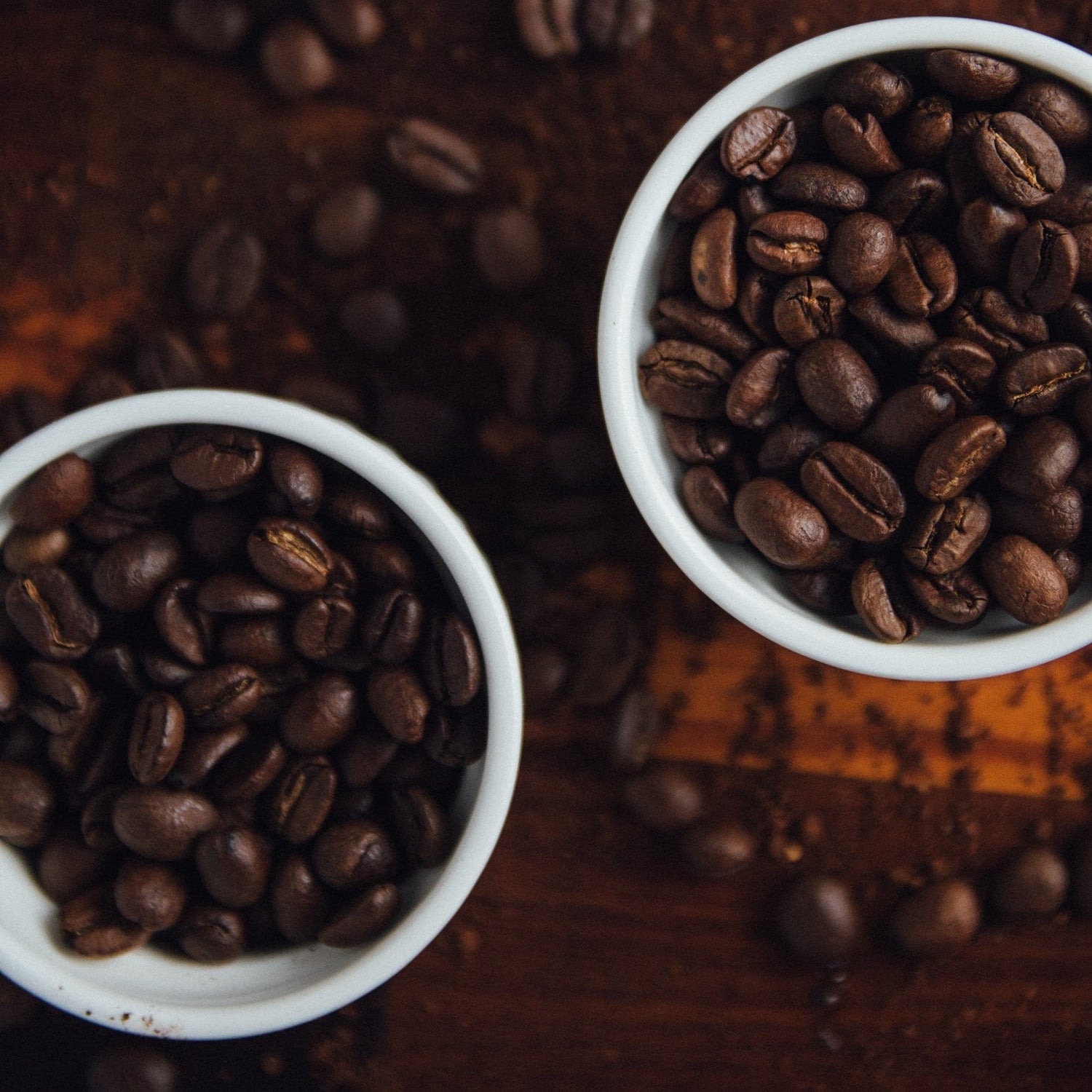


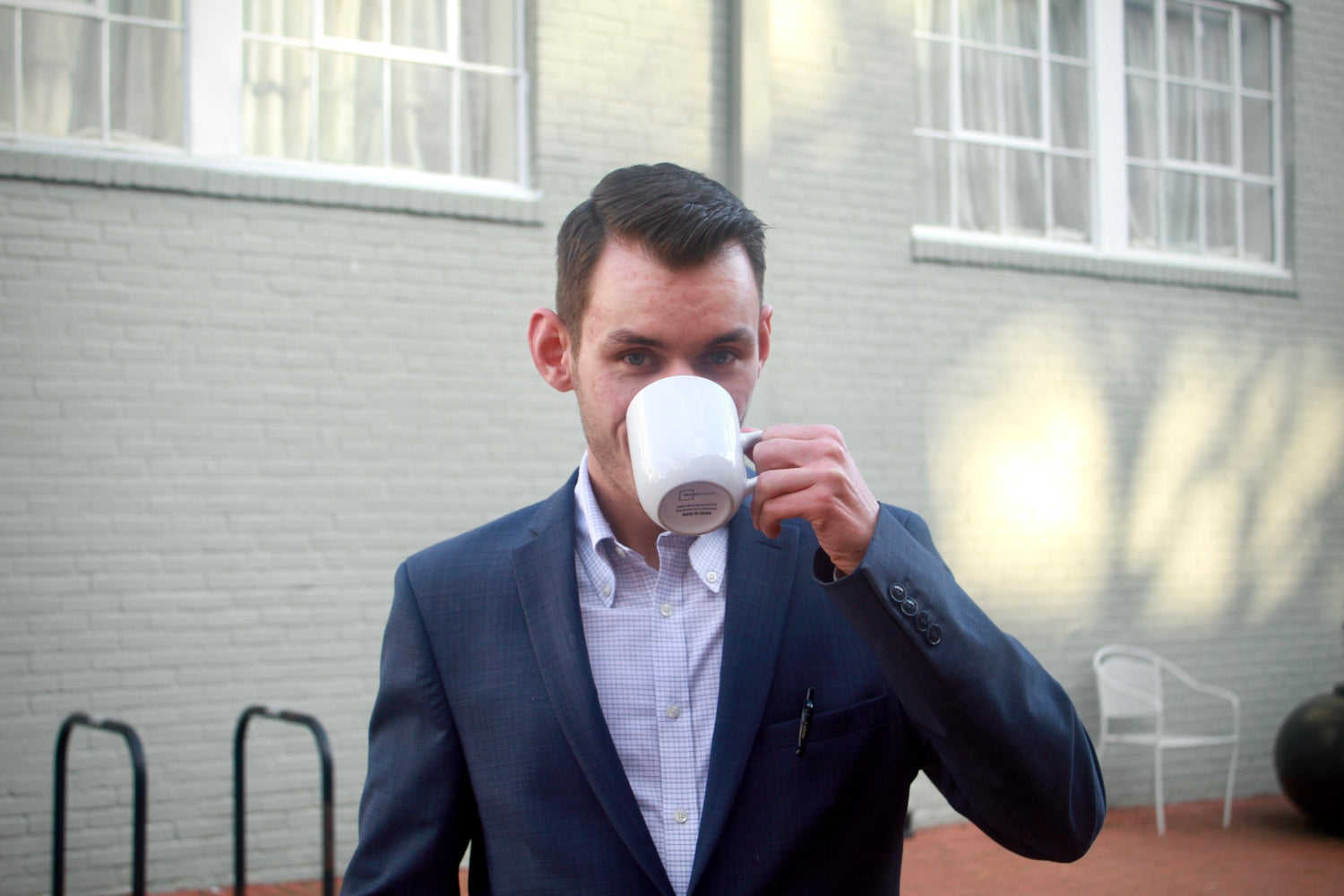

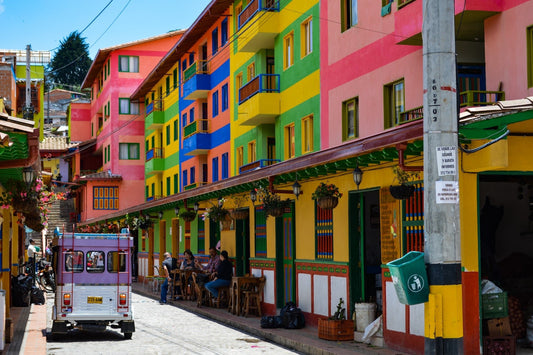
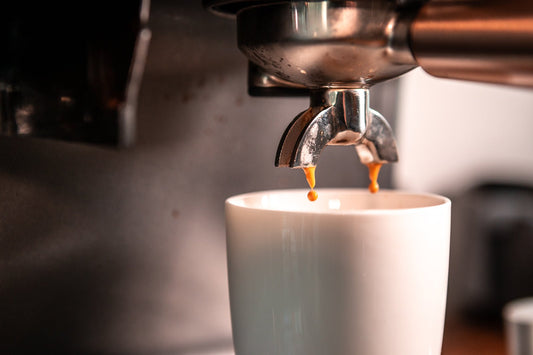

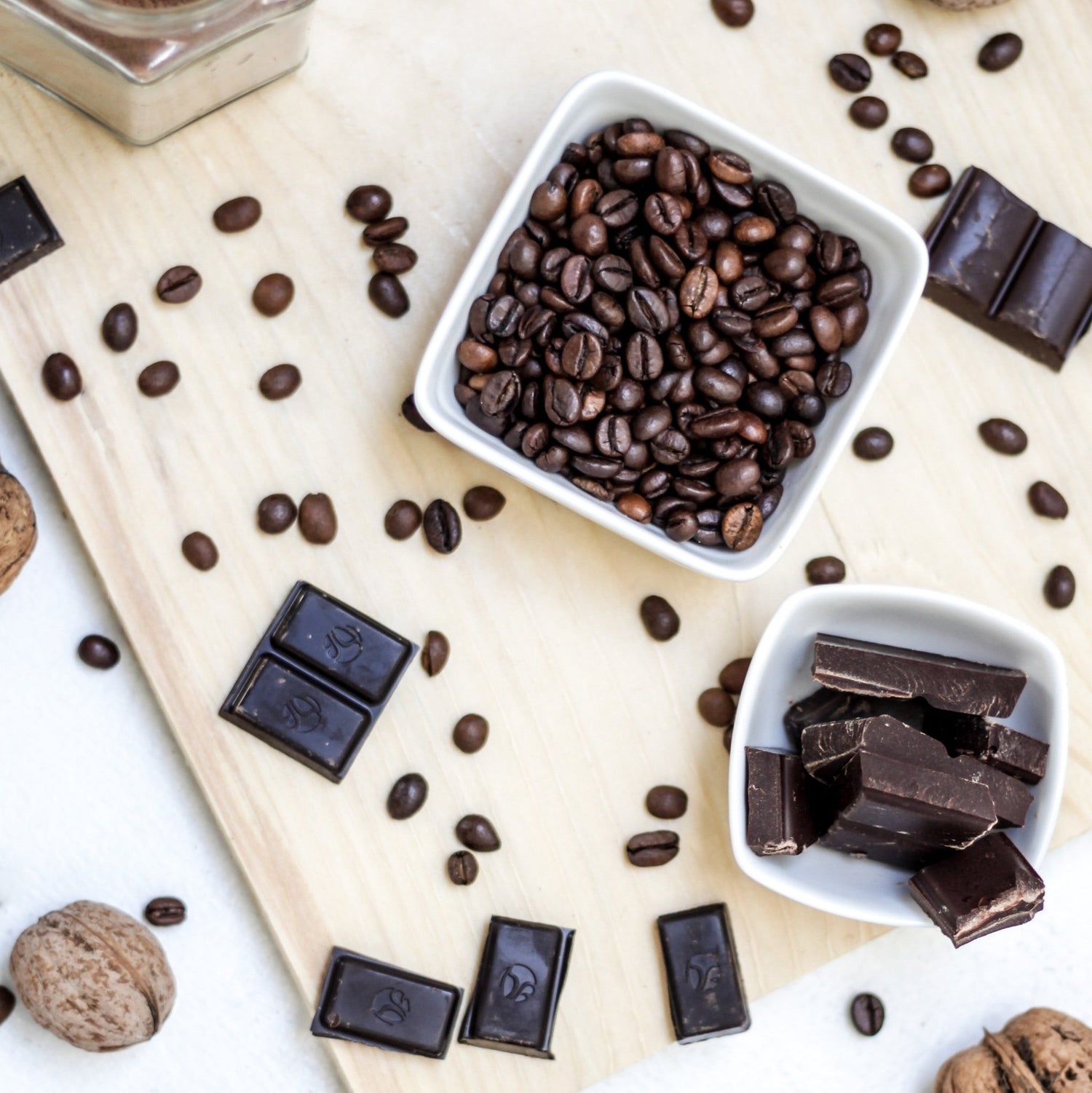
2 comments
It caught my attention when you informed us that air roasting is a popular method frequently used by most since it’s quicker compared to drum roasting and produces a more delicate and flavorful taste because the process involves roasting the beans in a chamber where hot air passes through them. I am opening a restaurant soon, so I wanted to get a coffee roaster to use in the kitchen for customers who want to drink coffee with their orders. I’ll keep this in mind while I look for where I can find a coffee roaster to use for my business. https://battlefieldcoffee.com/
Well, well… who would’ve thought that fluid bed roasting can be such a faster coffee-making process, huh? My cousin loves caffeinated drinks and she wants them hot in the morning. I’m so gonna recommend this article to her so she can buy the right tools afterward. https://coffeecrafters.com/product/valenta-7-fluid-bed-roaster/